Wire and cable production apparatus and machinery, equipment for digging and burying cable such as cutters and trenchers, are used to lay the cable inside the ground. cutters to cut them to size, rope grips to keep them securely in place, and a great deal more are all preconditions that must be satisfied before power can be brought to our homes.
The manufacturing equipment that goes into making wire and cable will be the focus of this essay. Rapid urbanization in many countries as part of the smart cities mission, combined with an increasing number of electronic items in each household and the development of manufacturing facilities, is stimulating demand for power, and it is projected that this will cause market demand to scale up in the near future.
In addition, the growing need for dependable and effective data connectivity from rural areas, cities, and towns will have an impact on the global market for insulated cable. The ever-increasing demand for cables and wires can be attributed, in part, to the introduction of innovative technologies by manufacturers as well as the rapid expansion of automated and low-cost manufacturing technologies.
These developments have significantly improved the production of cables and wires, which in turn has contributed to the ever-increasing demand for these products.
The rising need for grid interconnections has been addressed by the increasing employment of smart grid technologies, which has resulted in greater expenditures in subterranean cables and new submarines. In addition, the expansion of the market may be attributed to the rising number of high voltage direct current cables as well as offshore wind farms.
The following is a list of the many types of machinery and equipment that must be present in a plant that manufactures wire and cable:
Equipment Used in the Production of PVC Cables, as well as Testing Equipment
PVC extruder and wire coating equipment, 50mm, complete with cooling provided by supply stand and equipped with unit control panel with automated temperature indicator and electrical motors.

Wire Straightening machine
Machine for printing labels for the cable
An instrument for determining the weight
Coiling MachineExtrusion Dies, Nozzles.
Spark Tester
Travelling Microscope 0.100 mm (magnification 10X, least count 0.001)
A Balance of Chemicals is 0.200 grams (Least measure 0.1 mg)
Vernier Micrometer
The Double Bridge of Kalvin’s
Air-cooled oven with an electrically heated element and thermostatic control.
an instrument for tensile testing
Instrumentation for measuring pressure for the purpose of hot deformation
High Voltage test kit AC (0 to 10 VK)
wire and cable machinery
The following are the main categories of cable and wire machinery:
apparatus for pulling metal wire is another name for this kind of equipment. Large wire drawing machines, medium wire drawing machines, tiny wire drawing machines, and fine wire drawing machines are the four primary categories of wire drawing machine equipment. Wire drawing machine equipment is also often referred to as metal wire drawing equipment.
According to the material of the wire, it is possible to customize it in a variety of different ways, including as follows: stainless steel wire drawing machine, copper wire drawing machine, copper clad steel wire drawing machine, copper clad aluminum wire drawing machine, copper clad copper wire drawing machine, cutting wire drawing machine, enameled wire drawing machine, and so on. Equipment used for pulling wire.
Finding out how much the wire drawing machine costs is a relatively straightforward process. The buyer is only required to provide two different types of data. The first consideration is the composition of the copper rod, which may be either copper or aluminum.
Accordingly, the wire drawing machines can be categorized as copper wire drawing machines or aluminum wire drawing machines. The second consideration is the diameter of the copper rod as well as the diameter of the wire after it has been processed.
The model of the wire drawing machine will be decided based on these two pieces of information. The third component consists of a few supplementary elements, such as the pay-off and take-up forms. On the one hand, the manufacturer may promote it, but they may also advocate that you come up with your own criteria. The wire stranding machine for copper, aluminum, and steel comes after the drawer as the subsequent piece of machinery:
The most significant piece of machinery in the cable manufacturing sector is called stranding equipment, and it is a key and important phase in the production process. Its quality has a direct influence on the quality of the cable, which is something that the cable maker takes very seriously as a matter of significant care. Depending on the composition of the wire and its structure, the stranding equipment uses a variety of various machinery, including the following:
The Rigid Stranding Machine, in the first place:
Stranding of bare copper wire, bare aluminum wire, and steel wire is the primary use for this product.
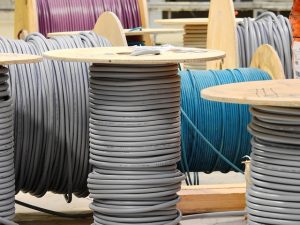
The following information must be provided in order to determine the kind of stranding machine you will need to purchase:
To begin, there is the composition of the thread as well as its internal structure. For instance, if there are going to be 19 lines created, its structure needs to be 1+6+12. If there are 37 lines around it, its structure should look like this: 1+6+12+18. In this context, the term “structure” refers to the innermost center line, the second Layer 6 wires, and the third Layer 12 wires. To fully understand the structure of the machine, you must first master the structure of the line.
The second is the range of diameters that the wire can accommodate. The majority of the wire that is produced by a rigid stranding machine is between 1 and 5 millimeters in diameter. The diameter range of the steel wire may be enlarged since it has reasonably high toughness. This allows for the wire to be used in more applications.
Third: is the size of the wire reel that is contained inside the twisting cage, such as PN400, PN500, PN630, or PN710. The majority of industries utilize reels of type 500 and 630.
When stranding copper wires and aluminum wires, several manufacturing facilities need the production of conductors in a variety of unique shapes. The purchaser is obligated to provide early notice to the vendor that the vendor will enhance the capacity of the rotary compression equipment in order to accommodate the manufacture of special-shaped conductors
The diameter of the wire reel used for pay-off and take-up operations comes in fifth place. The most common ones are PN500, PN630, PN800, PN1250, PN1600, PN2000, and PN2500, among others.
The end shaft type and the gantry type are the most common kinds of take-up and pay-off, respectively.
Sixth: Loading bobbin shape, mostly manual division, side bottom 45° loading, and side horizontal loading. The expenses associated with hand typesetting are quite cheap. The side type is often used for making 54 wires.
B; Tubular Stranding Machine:
Its primary use is in the stranding of bare copper, bare aluminum, and steel wire, and it is also capable of being utilized for the production of steel wire rope. Because of its high speed, this machine is often the first option that is considered when looking to improve production capacity. Its primary function is the manufacturing of cables with less than 19 lines.
For customers to get an exact quotation, all they need to do is specify the wire material, the number of stranding wire, the size of the robbin, and the diameter range. However, the mechanical strength of the tube stranding machine is directly impacted by the fact that the buyer may have specific requirements and be required to provide additional information.
For instance, the buyer may need to specify whether the steel wire is made of high-carbon steel or low-carbon steel. In most cases, the equipment used to manufacture steel wire rope is of higher quality than the equipment used to manufacture cable. It is recommended that the structural strength be improved.
The tension system of a tubular stranding machine is one of the primary factors considered when deciding the cost of the machine. The vast majority of them rely on mechanical tension, which is simple, reliable, and inexpensive.
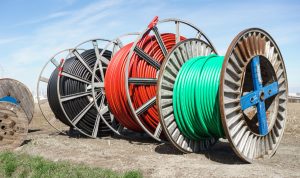
Laying up a machine, option C:
The primary applications for this material are stranding insulated wires, filling, wrapping, and armoring.
The purchaser is responsible for supplying the diameter range, as well as the size and quantity of the reel. Additionally, the purchaser should communicate with the vendor on the need for the wrapping and armoring functions. These two categories of equipment are available from general providers.
There are three distinct varieties of cable laying machines, which may be broken down into the following categories:
Laying up the machine with a cradle:
Traditional machines are used for a broad variety of tasks, the most common of which is the production of insulated wires with 3-7 cores. Although the pace is slower in comparison to other cable forming machines, the production method is more advanced, and the wire quality is much better.
The primary models are 800/1000/1250/1600, with 1250 being the one that sees the most action. In addition, the construction of the cradle is variable depending on the number of wires that are attached to it. For instance, the production of a 4-core cable necessitates the use of a 1+3 structure. In order to make a cable with 5 cores, you need 1+1+3, and one of the middle lines has to be thinner than the other.
Machine for Placing Planetary Strands:
Its primary use is in the manufacture of multi-core insulated wire, but it also has applications in the production of copper wire, aluminum wire, and steel wire. Additionally used for the fabrication of wire rope or armoring equipment.
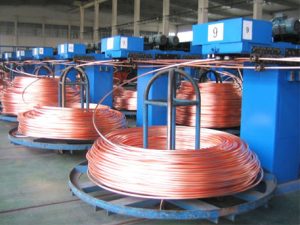
Another piece of machinery that takes the place of the conventional cable forming machine is also used. This is the case with the durm twister, which is mostly employed for the purpose of manufacturing big cross-section round or sector cables. The second device is called a bow twister, and it works more quickly than the standard cable laying machine.
When a customer is interested in purchasing the equipment, they are required to provide the cable diameter range as well as the two primary issues associated with insulating materials.
The creation of the extruder is a relatively straightforward procedure; nevertheless, the following processing of the design presents a number of challenges. These challenges include the die, grinding tools, heating mode, and so on. These challenges have a direct impact on the quality of the cable.
Because the extruder has rather high requirements for its electrical and electronic components, purchasers should make an effort to choose companies such as Siemens, Schneider, and others when selecting equipment. This is another extremely essential issue.
wire and cable burying trencher
burying wire and cable in underground trenches is much safer and cost-efficient
The majority of ways for installing subterranean cables include first carving out a route in the earth and then threading wires through it. In order to carry out these processes, utility firms make use of a wide array of pieces of machinery.
wire and cable cutters
Cutters for wire and cable are instruments that have been developed to cut wire or cable in an appropriate manner while causing the least amount of damage possible to the insulation or internal conductors of the wire or cable being cut.
It is possible to increase the quality of an electrical connection by cutting a wire or cable in a precise manner. In the absence of the appropriate equipment, there is a possibility that the insulation may be torn or otherwise damaged, which may put the structural integrity of the wire or cable at danger.
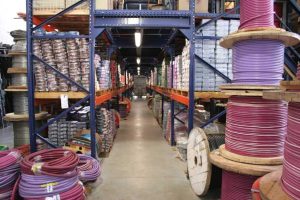
On top of that, you run the risk of damaging the internal conductors, which may have a significant impact on the connection’s ability to carry electricity. What is the most effective technique to get around this obstacle?
Make sure you cut the wire or cable with the appropriate tool so that you obtain the cleanest cut possible and a solid potential connection. When looking at our wire and cable cutters, the first thing that is important to realize is that each instrument is quite distinct from the others in the category.
wire rope and cable grip
Wire rope cable grips are devices that are used for grasping, tugging, and tensioning of unsheathed wire ropes, cables, and metal rods. These grips are often made of plastic or rubber. When splicing or socketing the wire is not an option, a typical alternative is to utilize rope grips like the ones seen above.
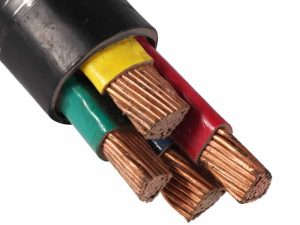
The use of these grips in mountain lift chairs, funiculars, and cabins, some of which are used for recreation and some of which are used for transportation away from areas that are inaccessible, is another important application of these grips in addition to their important role in maintaining the position of overhead cable and ensuring a safe and fixed connection in inclement weather conditions in remote areas. You will get an understanding of the many varieties that are now in use.
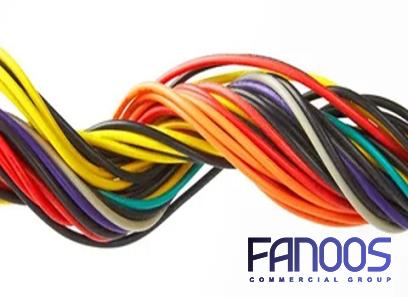
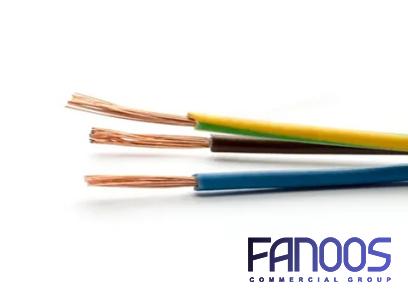
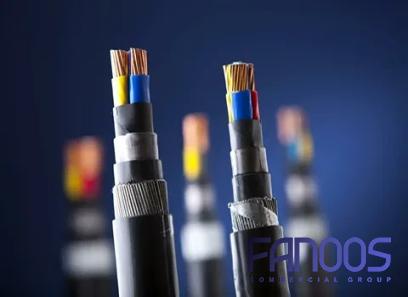
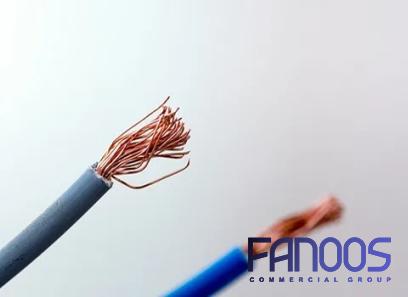
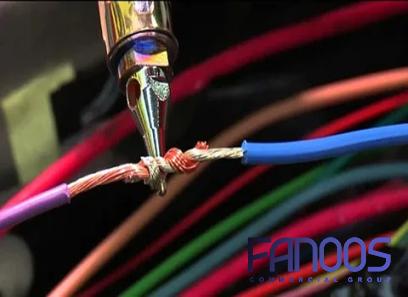
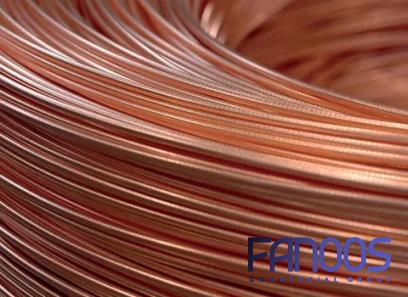
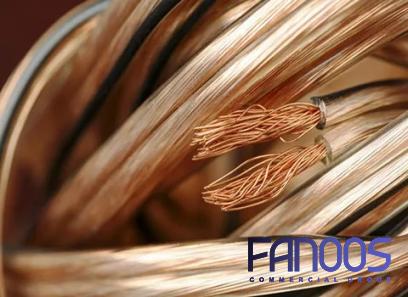
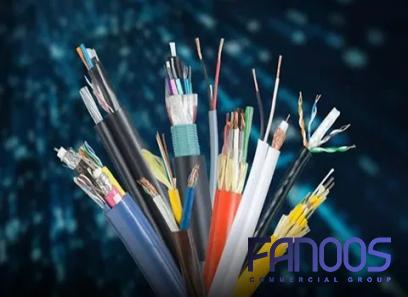
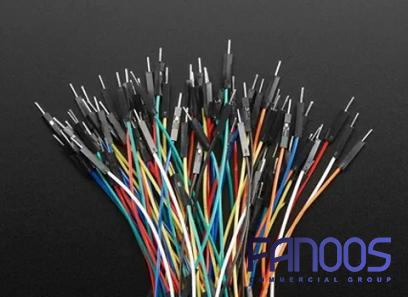
Your comment submitted.